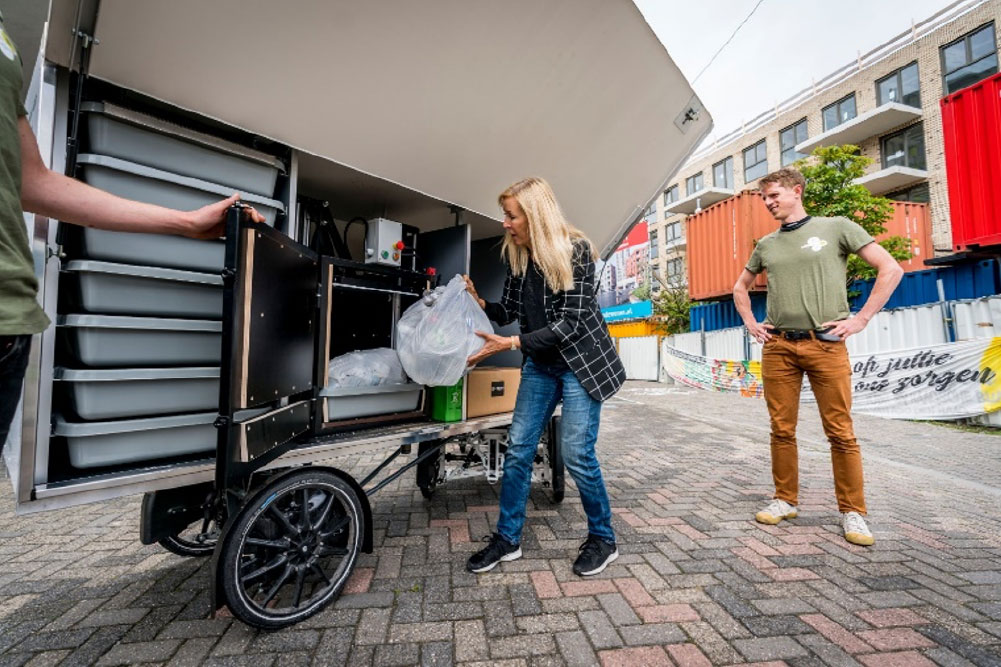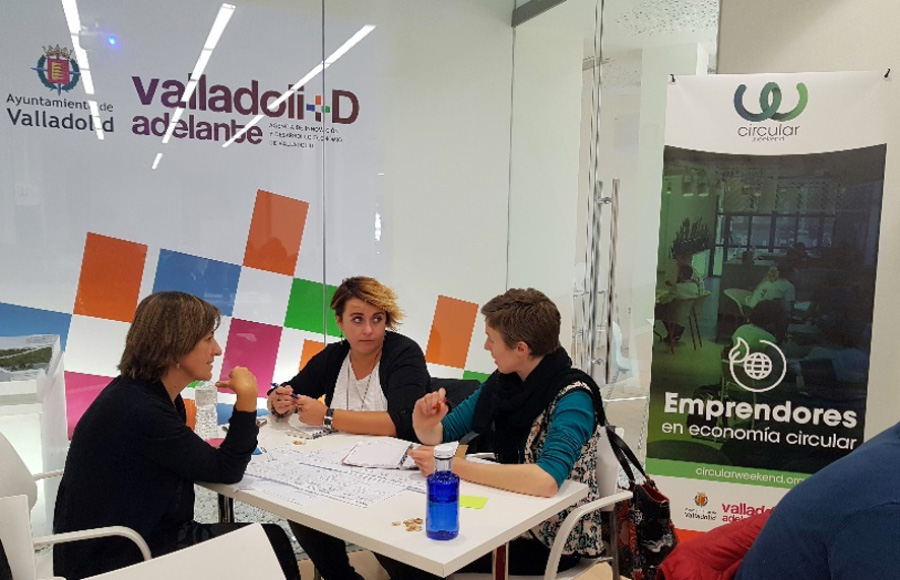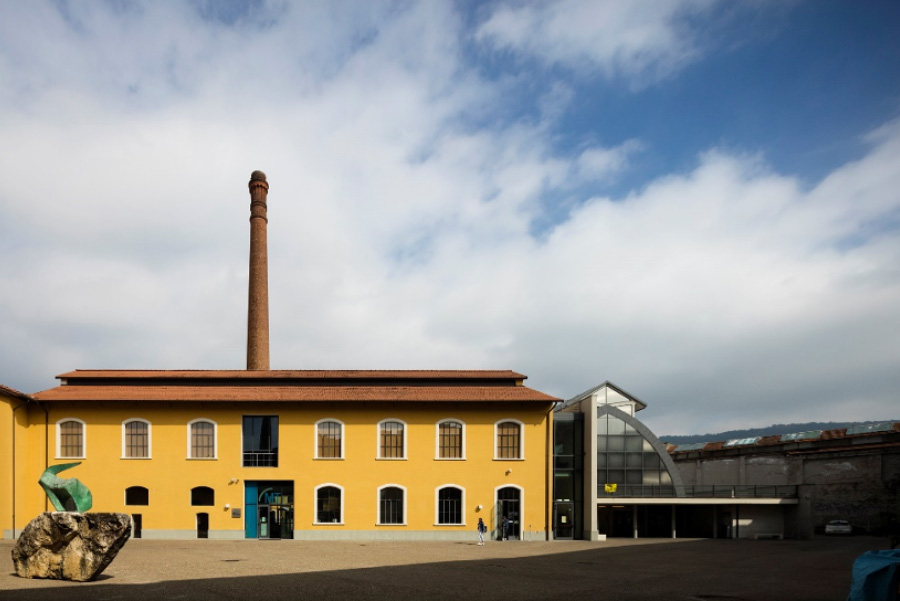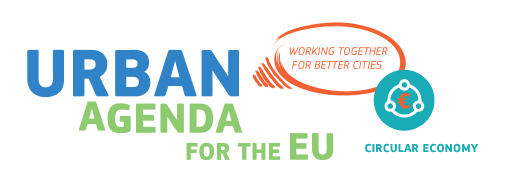Tourism
What are the benefits of a circular tourism sector?
The tourism sector provides immaterial, personalised, and memorable experiences. People are looking for an immersion into a foreign environment and culture. Unfortunately, this usually coincides with a hedonistic and luxury-based life-style1, which contributes to making the tourism sector linear and wasteful. The sector is heavily intertwined with other sectors, such as mobility, consumer goods, food, construction, and waste management.2,3 The transition towards a more circular tourism economy depends strongly on the integration and collaboration of a higher degree of circularity in all these sectors.
The linearity of the tourism sector is especially visible in cities, where people tend to opt for comfort rather than sustainability. Short city trips are becoming increasingly popular due to the fast growth in low-priced international flights with an increasing number of destinations.2 Tourism activities have major impacts on the urban environment and local population by increasing waste generation, noise, and air pollution as well as congestion in infrastructure and public areas (see figure 1).
At the same time, the high population density and concentration of population and businesses make cities suitable hubs for collaboration and interaction in different sectors. Cities are ideal ecosystems to develop circular tourism. A transition towards a more circular tourism sector would alleviate the pressure on local infrastructure and the environment while boosting the local economy.2 Communication and collaboration between relevant sectors are, however, key to a successful transition.
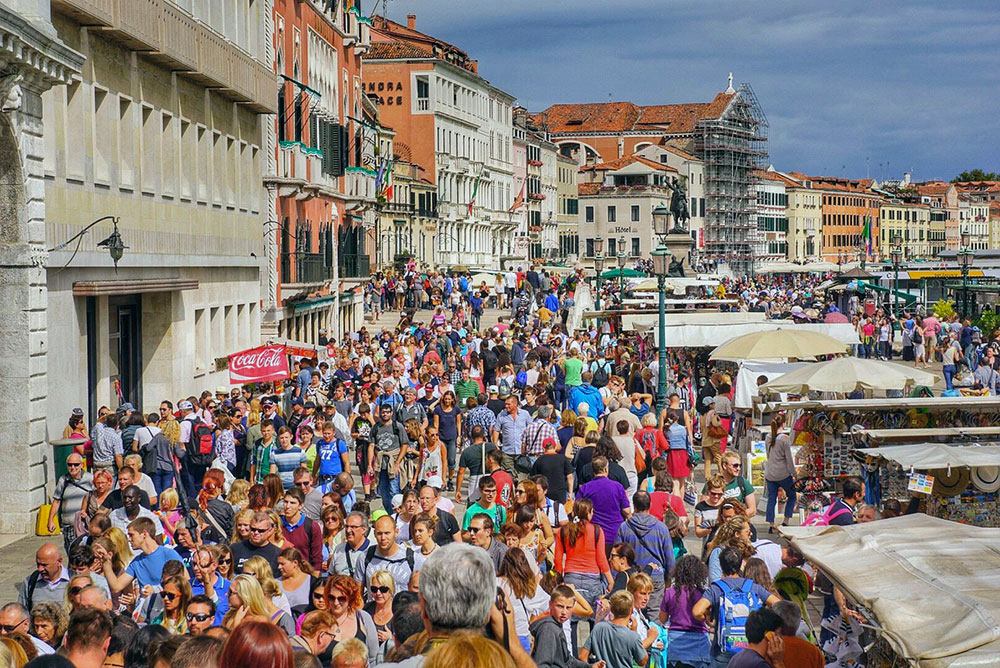
Figure 1: The congestion of public urban areas by tourism (Azernews).
What will a circular tourism sector look like?
Four overarching principles for a sustainable tourism sector are identified by the Centre for Regional and Tourism Research:2
- Smart and sustainable strategies, policies, and infrastructure of the city itself
- Collaboration and transparency amongst sectors
- Open communication between hospitality providers and guests
- Integration of sharing platforms into tourism activities
How can we transform our tourism sector into a circular tourism sector?
The potential for circularity in the tourism sector depends on the strategy and infrastructure of the destination. In addition, hospitality providers and tourists must be willing to cooperate with the main objectives of a circular transition. This means that integration, communication, and engagement are key elements of the circular transition in this sector (see figure 2)4. A few examples for implementing circular principles in the tourism sector are discussed below:
- Circular design models: the sustainable design of tourist facilities and activities plays an important role in the transition towards a circular tourism system. Hospitality providers can improve their services by using new sustainable technologies. For instance, the construction of establishments can become more circular by implementing solar-, wind- or ground water-powered heating or power generation.2 Furthermore, the use of single-use disposable items can be reduced by offering more sustainable reusable alternatives. A survey amongst hotel guests has shown the implementation of green programs, such as textile towels instead of disposable paper wipes, does not diminish guest satisfaction.5
- Use and life extension models: the extension of use-intensity can be implemented in the tourism sector by prioritizing a collaborative consumption model. Such a model is based on sharing or leasing products and space. An example of a hugely popular and profitable sharing service is Airbnb
 , which provides a sharing platform for accommodation. Temporarily vacated apartments and houses can be used to their maximum potential.2 An emerging negative aspect of Airbnb is that landlords and real estate investors are now subletting apartments and even entire building blocks for the sole purpose of accommodating the tourist sector. This development is driving up housing prices and making it more difficult for local inhabitants to buy a home.6 To counter these negative consequences, alternatives have been developed. An example is FairBnb
, which provides a sharing platform for accommodation. Temporarily vacated apartments and houses can be used to their maximum potential.2 An emerging negative aspect of Airbnb is that landlords and real estate investors are now subletting apartments and even entire building blocks for the sole purpose of accommodating the tourist sector. This development is driving up housing prices and making it more difficult for local inhabitants to buy a home.6 To counter these negative consequences, alternatives have been developed. An example is FairBnb  , an initiative that aims for authentic, fair, and conscious tourism. Another example of a sharing-based service is Peerby
, an initiative that aims for authentic, fair, and conscious tourism. Another example of a sharing-based service is Peerby  , an online platform that matches people in temporary need of a specific object with people willing to lend it. Such a service can help provide additional amenities for tourists who want to travel light.2 Reuse can also be encouraged in a very simple way, for example through hotels that reduce the number of times towels are changed.7
, an online platform that matches people in temporary need of a specific object with people willing to lend it. Such a service can help provide additional amenities for tourists who want to travel light.2 Reuse can also be encouraged in a very simple way, for example through hotels that reduce the number of times towels are changed.7 - Value recovery models: in order to drive the tourism sector towards zero waste, the hospitality providers must strive for increased recycling and recovery of products, materials, and food. Food waste can be reduced by donating left-overs for free or for a small price. Online platforms such as Too Good To Go
 can transform the food waste of restaurants or hotels into meals for interested consumers. Lastly, proper value recovery in the tourism sector depends on access to the cities’ infrastructure and collaboration with the waste management and material recycling sector. Engagement of tourists can help in efficient recovery and recycling of materials making open communication between the hospitality provider and the guests crucial.
can transform the food waste of restaurants or hotels into meals for interested consumers. Lastly, proper value recovery in the tourism sector depends on access to the cities’ infrastructure and collaboration with the waste management and material recycling sector. Engagement of tourists can help in efficient recovery and recycling of materials making open communication between the hospitality provider and the guests crucial. - Circular support models: the development of digital technologies can help in the transition to a circular tourism economy.2 Proper organisation and streamlining of the city infrastructure require advanced technology. Moreover, artificial intelligence (AI) can help in the optimisation of a platform’s services. Being able to tailor-make the content specifically for the end-user will help inspire and increase the impact of sustainable actions.2,3
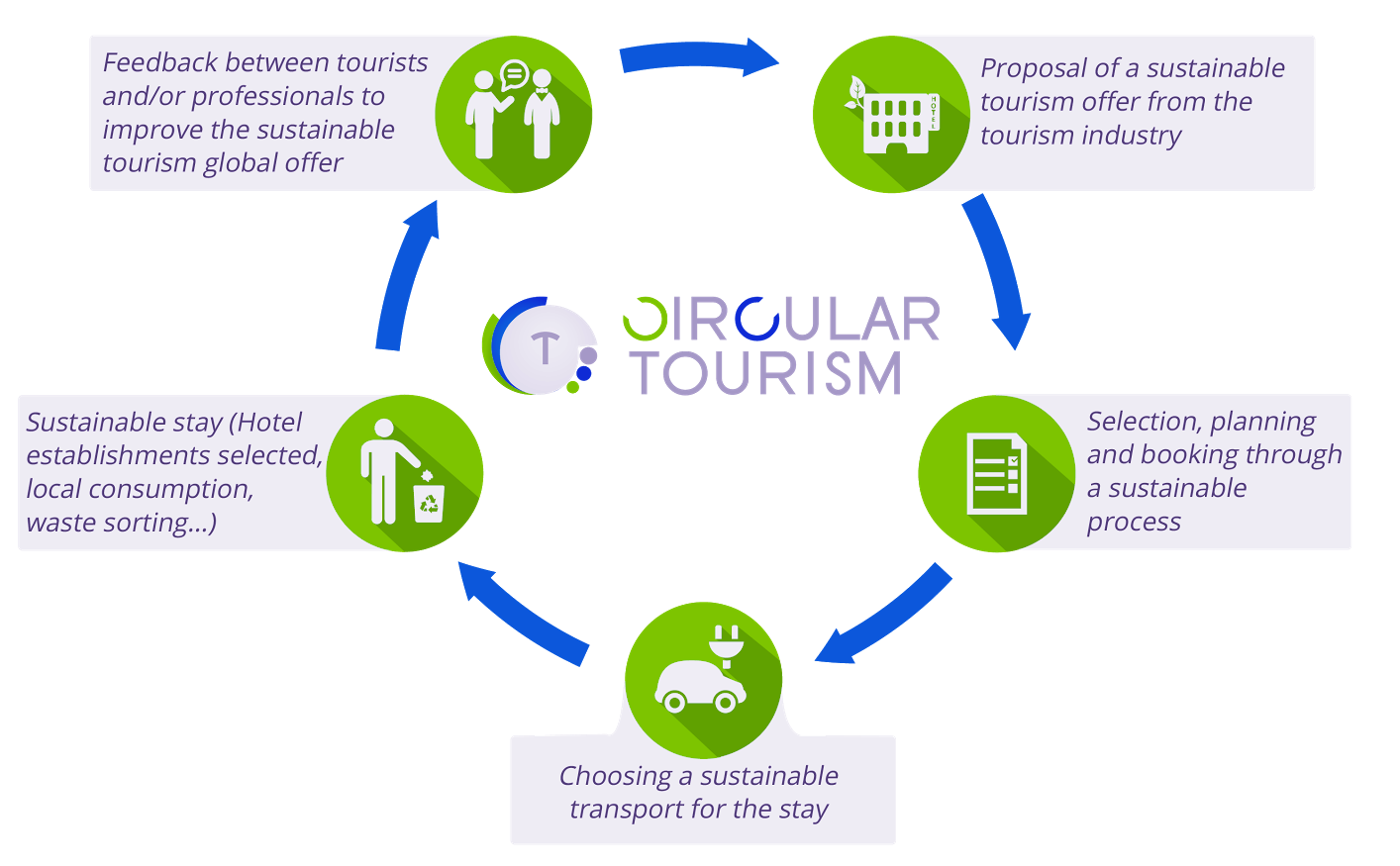
Figure 2: The circular tourism sector
(Oreve, 2015)

References
-
1. Pine, B. J., Gilmore, J. H. (1998). Welcome to the experience economy. Harvard Business review.
https://hbr.org/1998/07/welcome-to-the-experience-economy -
2. Cirtoinno. (2018). Destination: A circular tourism economy.
https://circulareconomy.europa.eu/platform/sites/default/files/cirtoinno-handbook_eng-rev.-4.pdf
-
3. Global Destination Sustainability Index. (2017). Sustainable Destination management: The road to a circular economy.
https://www.gds-index.com/uploads/extra/GDSI-The-Road-to-a-Circular-Economy-Whitepaper-v2-2017.pdf -
4. Oreve, L. (2015). Circular Tourism.
http://www.circular-tourism.com/news/circular-tourism-a-new-concept/ -
5. Bruns-Smith, A., Choy, V., Chong, H., Verma, R. (2015). Environmental sustainability in the hospitality industry: Best practices, guest participation, and customer satisfaction. Cornell Hospitality Report.
https://scholarship.sha.cornell.edu/cgi/viewcontent.cgi?article=1199&context=chrpubs -
6. Barron, K., Kung, E., Proserpio, D. (2018). The effect of home-sharing on housing prices and rents: Evidence from Airbnb.
https://papers.ssrn.com/sol3/Delivery.cfm/SSRN_ID3401403_code2171934.pdf?abstractid=3006832&mirid=1 -
7. Knezevic Cvelbar, L., Grün, S., and Dolnicar, S. (2017). Which hotel guest segments reuse towels? Selling sustainable tourism services through target marketing.
https://www.tandfonline.com/doi/abs/10.1080/09669582.2016.1206553
